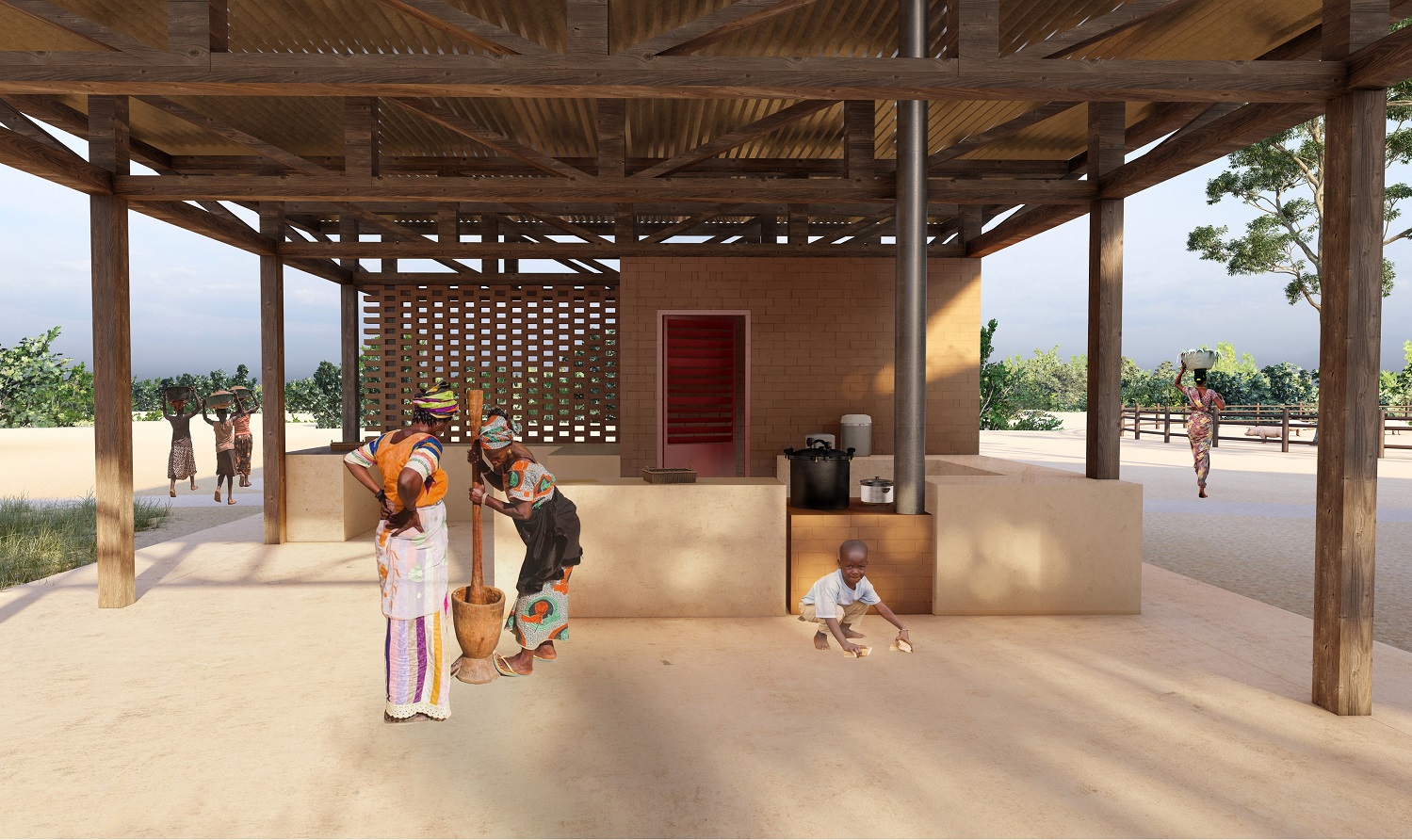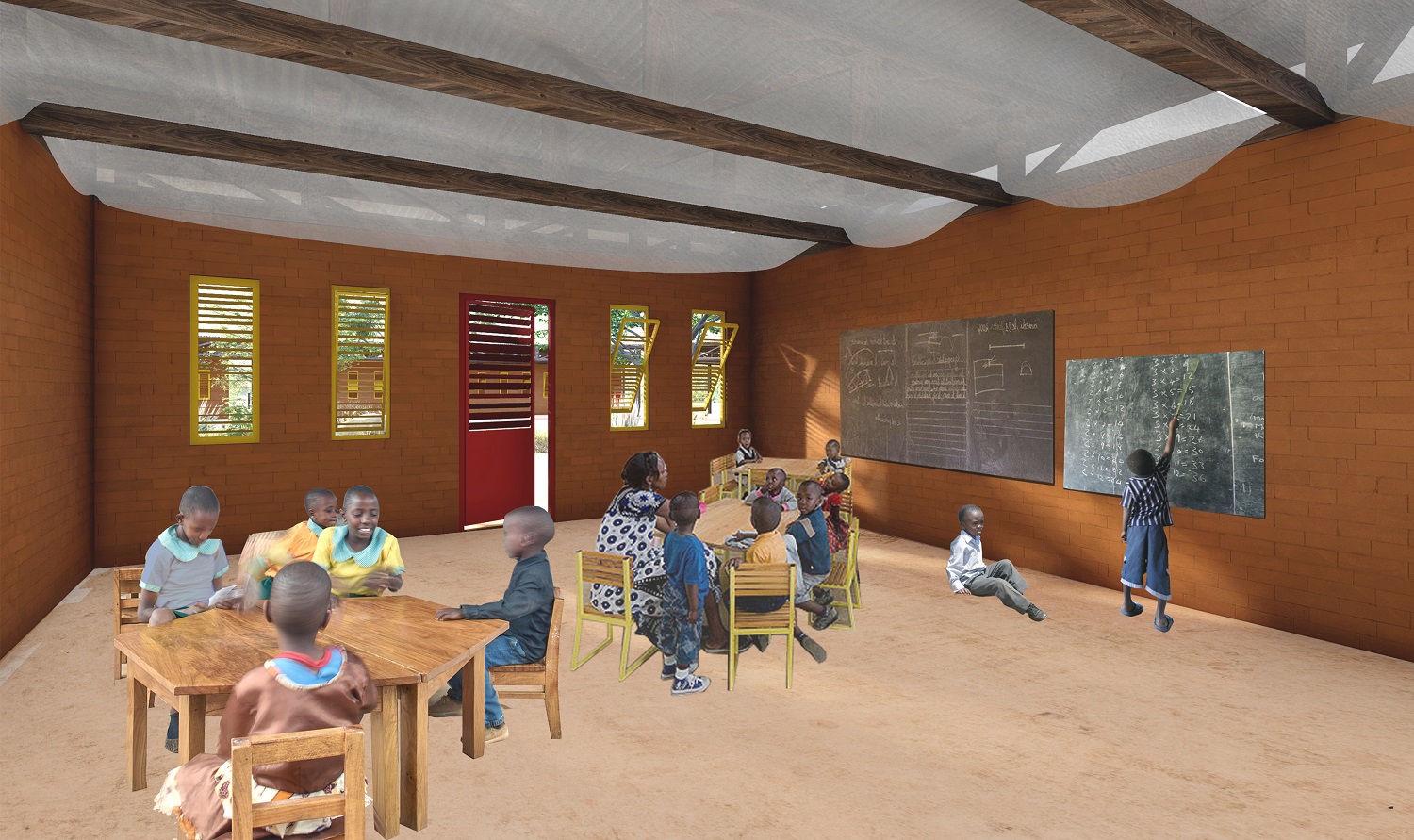A Zambian refugee camp through the eyes of our students

The Sustainable Development Centre in the Mayukwayuukwa refugee camp; creators of the project: Klaudia Płachetko, Karolina Michalak, Zuzanna Nowakowska, Magdalena Stefaniuk
Students from the Faculty of Architecture designed the Sustainable Development Centre in the Mayukwayuukwa refugee camp in Zambia. The team’s project made its way to the final of the International Humanitarian Architecture Competition.
There are a total of about 105,000 refugees in Zambia. The aim of the competition organized by the Archstorming platform was to design a new Sustainable Development Centre in the Mayukwayuukwa camp. Participants were asked to use local and sustainable materials and techniques that refugees could replicate when building their own homes.
Klaudia Płachetko, Karolina Michalak, Zuzanna Nowakowska and Magdalena Stefaniuk entered their work in the competition. The project, by students from PW’s Faculty of Architecture, was created on a circular plan, focusing on the creation of an internal green courtyard, opening onto a green orchard. For the sake of local vegetation, including trees, the buildings are arranged to interfere as little as possible with the local environment and preserve as much of the existing greenery as possible.
– The centrally located kitchen is the heart of the facility. It creates a connection between the private and zones, say the students.
In the northern part of the complex there are three houses for volunteers and employees of the facility. The first building to the south is an existing building that has been extended with a bathroom part and adapted for new educational functions.
– Further on are two buildings that have been designed for flexible teaching purposes. In the larger one, movable partition walls were used. These make it possible to conduct lessons to larger groups, our students explain.
Directly behind them is the main entrance to the complex, separating the last building, i.e., the office.
The project provides space for an orchard and livestock farming. In addition, right next to the kitchen there are round gardens for growing small plants.
– The project uses local materials and has been built in a simple way. The walls are made of bricks made on site by volunteers. The main structure of the building is made of wooden trusses, say the students.
To maintain continuous air circulation through doors and windows, a system of movable blinds has been used. In addition, a membrane has been suspended from the ceiling, providing adequate thermal insulation and protection against insects.
Due to water shortages, the complex has been equipped with a rainwater collection system. In the inner courtyard, water reservoirs have been placed below ground level, directly next to the most important buildings of the complex.
Solar panels were placed on the roofs to provide access to electricity.










